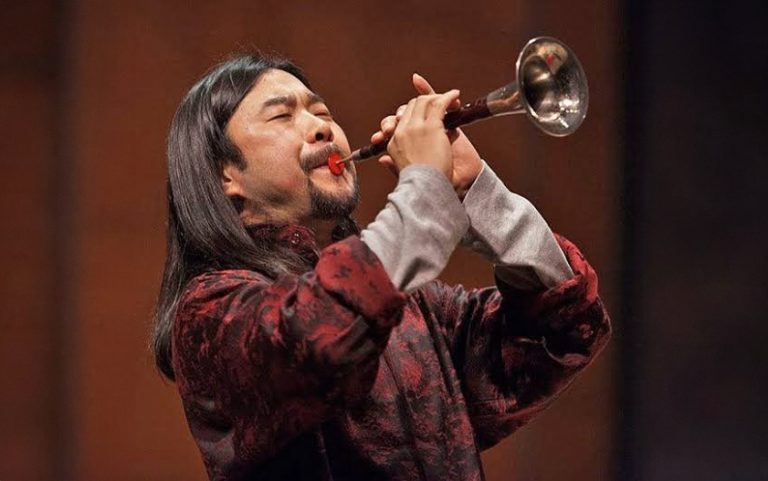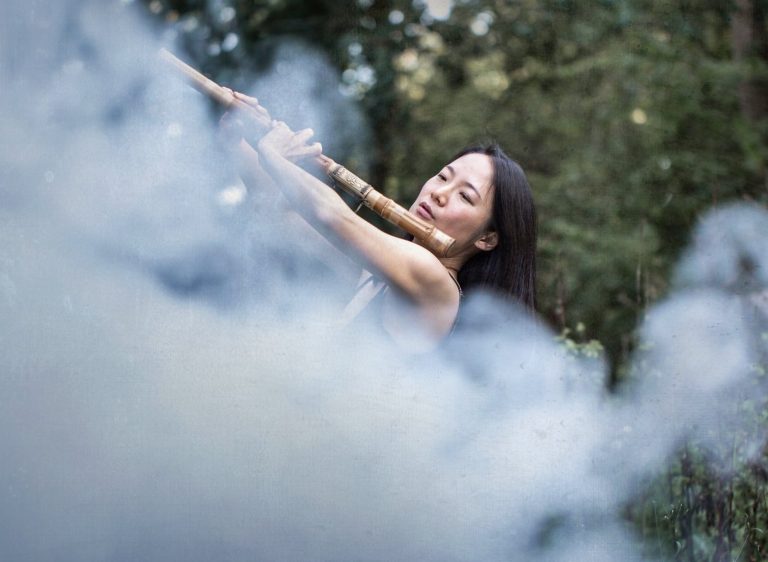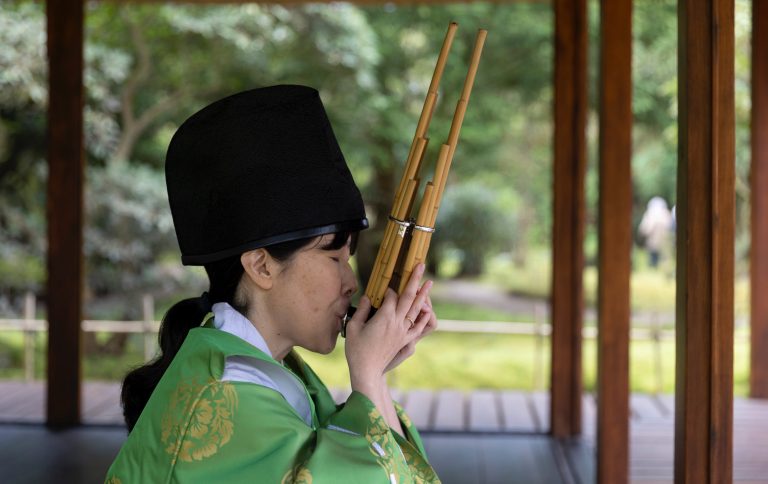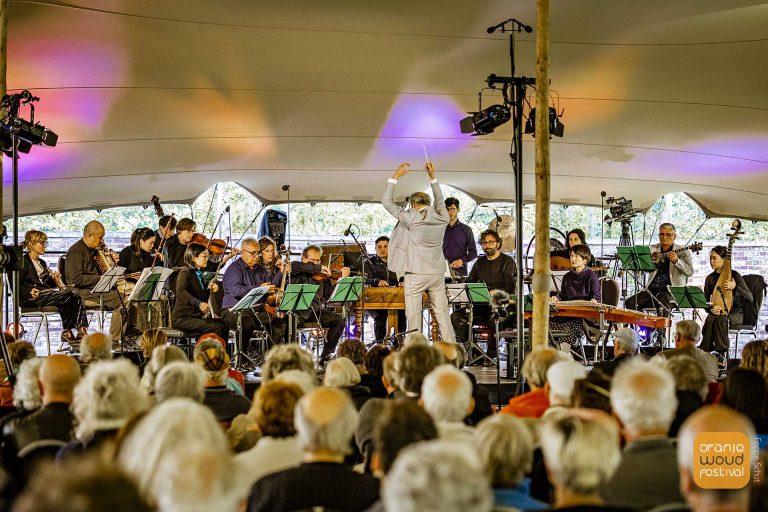The Atlas Ensemble's second residency at Oranjewoud Festival will take place from May 24 to June 2, 2024. This culminates in the premiere of the second of a series of new compositions Joël Bons is writing for Oranjewoud Festival. Leading up to this special performance on June 2, you can get acquainted with a number of instruments from Asia and the Middle East that are part of the Atlas Ensemble, such as the related duduk, guanzi and the piri.
The musicians are star soloists from Armenia, China and Korea:
Performers
- Gevorg Dabaghian, duduk/zurna More about gevorg-dabaghyan.com/en
- Guo Yazhi, guanzi/suona More about www.yazhiguo.com
- gamin, piri/taepyeonso More about www.gaminmusic.com

Duduk
The Armenian duduk is one of the oldest double reed instruments in the world. Over the centuries, the duduk has traveled to many neighboring countries and undergone subtle changes, such as its specific tuning and number of holes. Today, variations of the duduk can be found in Georgia (duduki), Azerbaijan (balaban), Turkey (mey), Persia and the Balkans. The basic form has changed little in its long history. Originally, like many early flutes, the instrument was made of bone. Today, the body is made of apricot wood. The duduk is a deceptively simple instrument. Its range is an octave and a quarter. It is untempered and diatonic and available in several keys. The duduk's velvety, melancholy sound and wide dynamic range have made it popular for a variety of musical genres. Traditionally, it is played in small ensembles, often in duet with frame drums such as the daf, in lyrical songs and dances. Today, it is also played in larger professional ensembles and in urban clubs.
Guanzi
This double reed instrument is related to the duduk and is often used in funerals, weddings, regional opera, temple and folk music. It is usually made of ebony, rosewood or red sandalwood, with metal rings around the ends as decoration. Unlike the Western oboe or the much younger Chinese suona, both conical instruments, the guanzi has a cylindrical bore. That partly explains its clarinet-like sound. The reed is quite hard compared to an oboe reed. The instrument has 7 holes on the front, and one or two thumb holes. The guanzi is made in different sizes and keys and is usually between 25 and 30 centimeters long. Some modern guanzi have valves, to make it easier to play in different keys.
Piri
The Korean piri is a double reed instrument used in folk music and classical court music. The instrument is usually made of bamboo, and has a cylindrical bore, giving it a softer sound than other types of oboes. One of the most distinctive sounds of the piri is the rich vibrato and glissando used. A typical piri has eight finger holes, with seven on the front, and the remaining on the back for the thumb. There are four types of piri: hyang (village) piri, se (thin) piri, dang (Chinese) piri and dae piri, each suitable for use in a different type of music. Hyang piri is the longest and most common form of piri. Because of its loud and nasal tone, it usually plays the main melody in ensemble settings. The se piri is smaller, thinner and much softer, therefore often used in conjunction with vocals or soft stringed instruments. The dang piri is wider and similar to the Chinese guanzi. The North Korean dae piri a modernized piri with keys and a bell and looks much more like a Western oboe.

From a cup of coffee to a hot dish. What could be cozier than having some food and drinks after the concert with other festival visitors, friends or the musicians themselves?



